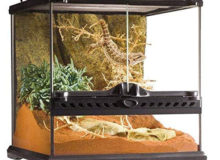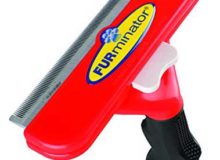Tortoise As A Pet – Some Interesting Facts
Tortoises seem like such gentle creatures, and lots of folks own a tortoise as a pet. But before getting your own tortoise, it is a good idea to do some research first. You might have all kinds of questions about whether tortoises really do have a good temperament, what kind of home they need, and even what to feed them. We put together answers to some of the most pressing questions you might have about having a tortoise for a pet.

Tortoise behavior and temperament
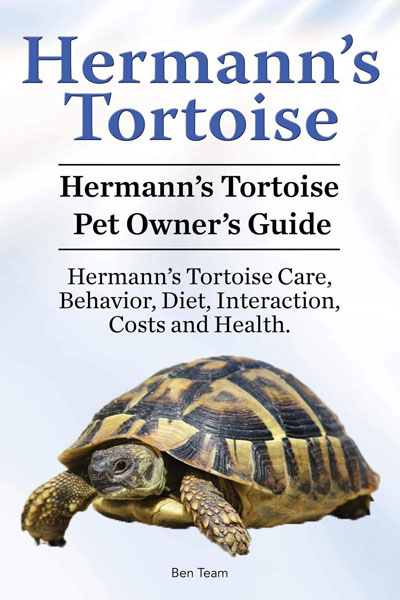
While each individual tortoise has his or her own personality, tortoises are for the most part pretty shy and calm creatures. Some tortoises will tend towards being shy and will mostly only come out of a favorite hiding spot to find food.
Others are a little more outgoing, and eventually become very charismatic and affectionate with their owners. This shyness is partly due to the species and how well socialized they are.
Although tortoises are typically very docile, they do occasionally become more aggressive. Individual males sometimes become more aggressive when they reach maturity because they are anxious to mate. Other times they may become territorial, especially if you have entered into a spot that they consider “their” space. In both of these cases, moving the turtle to a new area usually reduces aggressive behavior.
According to this video by the Smithsonian Channel, tortoises can feel when their shell is touched, and they enjoy a variety of tactile sensations. In particular, they seem to like having their neck scratched, when with someone familiar to them.
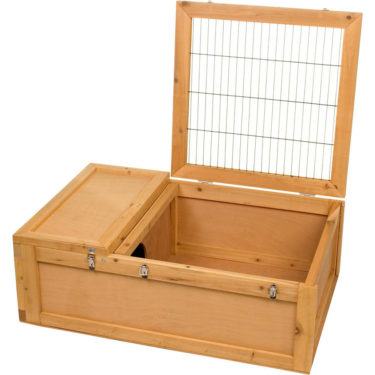
Housing you tortoise
Unlike their cousins, the turtles, tortoises are land dwellers. This means that an aquarium is not going to make a great home for your new pet. Tortoises need space to roam around and get a bit of exercise, and they do not swim.
While the amount of space the tortoise needs varies depending on how big he gets, it is important to make sure that you have ample space for the species you’re purchasing before taking your pet tortoise home.
The most ideal housing situation for tortoises is outdoors, at least for part of the year. Even small tortoises like the Russian Tortoise needs at least 5 square feet of space, but prefers more. Keep in mind that the Russian can only grow to a maximum of 10 inches long. Space is not the only reason to opt for an outdoor tortoise enclosure though.
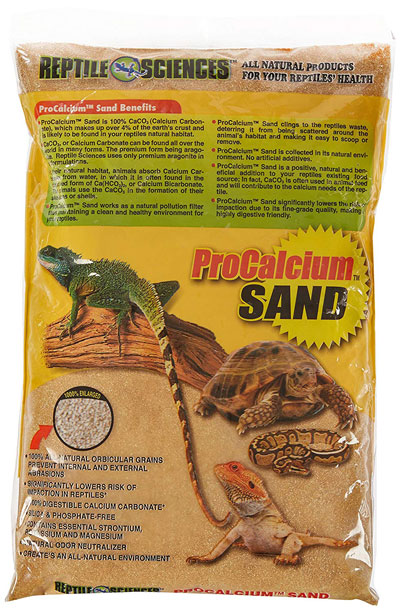
Close habitat
In addition to needing space to explore, tortoises need a habitat that closely resembles what they would have in nature. For most pet tortoises, this means having the right bedding on the ground (sand, soil, or bark bedding depending on the species) as well as lots of sticks and vegetation.
Make sure that any plants that go into the enclosure are tortoise safe, in case your new pal decides to try something out as a snack. Adding a small wooden box or a modified dog house gives the turtle a place to hide or sleep.
If you decide to keep your new tortoise indoors year round, make sure that he or she still has ample space, the right bedding, foliage, and some type of “house” inside the enclosure. While a terrarium can work for indoor tortoises, you will need a large one (50 gallons or more) to make sure that there’s room.
The tortoise also needs fresh air, so a screened top is necessary as well. Some pet owners opt for large plastic totes to keep their tortoises in, and that’s fine too. Just make sure the sides are high enough to keep the tortoise in without blocking airflow too much.
Tortoises also need temperature and humidity control, since they are reptiles. Having a heat lamp for the day time hours can certainly help keep your little friend cozy and warm. Always check to see what your species of tortoise likes best. For example, tropical tortoises will need higher humidity than other species.
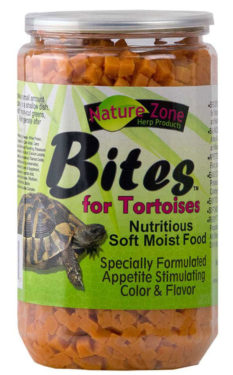
Food and Water for your tortoise
Tortoises are herbivores, meaning that their diet is entirely plant based. To keep a tortoise happy and healthy, 80% of its diet should be vegetables.
Leafy greens like kale, dandelions, and collard greens are all healthy and tasty meals.
Other veggies like bell pepper, cauliflower, squash, and sweet potato are also good additions.
Once every three or four feedings you can also add treats like fresh fruit. Try grapes, melon, and apple for variety.
In addition to fruit, alfalfa hay and commercial tortoise feed are good to help mix things up.
Also available in many pet stores are powdered calcium and D3 supplements that can be dusted over food for a nutritional boost two to three times a week.
Tortoises also like to have a shallow dish of fresh water out all the time. Make sure it isn’t very deep!
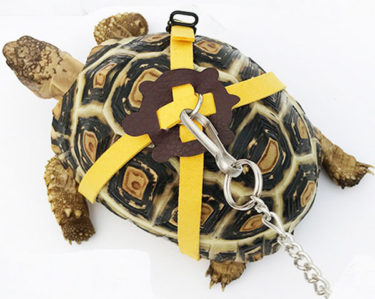
Choosing Your Pet Tortoise
Once you know how much space you need, and what you will be feeding your pet tortoise, choosing the right one really comes down to preference.
Different species have different needs, which we’ll go over shortly.
Otherwise, you can just pick out whichever tortoise seems the friendliest.
Tortoise pet care
After you bring home you new friend, he or she will need a few days to get used to their new digs.
Give it about a week before you start handling the tortoise. After that point, if you notice any strange behaviors, it’s a good idea to call a vet.
Behavior like more time spent inside the shell, reduced appetite or thirst, and weight loss are all signs that your tortoise might need a doctor.
Additionally, if you notice that your pet has swollen joints, a discolored shell, or discharge from the eyes, nose, or mouth it may have a health problem.
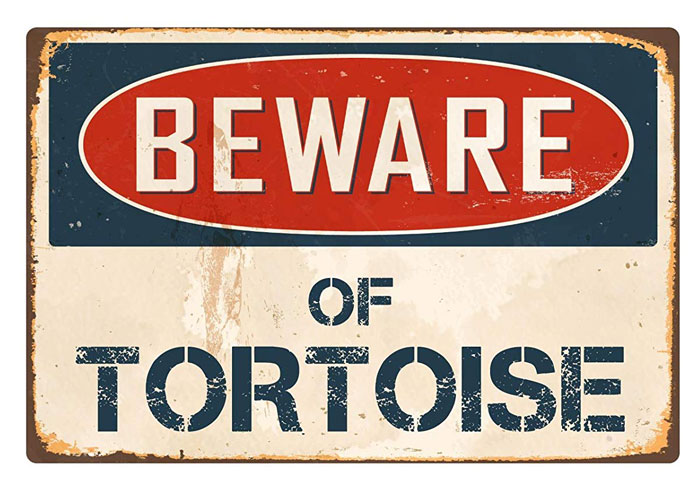
Tortoise common Health Problems
There are quite a few common health problems in tortoises. Often, they can be remediated with a little extra attention. Regardless of the severity though, if you notice a change in your tortoise’s appearance, it is always a good idea to make a trip to the veterinarian.
Stomach Problems
Just like people, tortoises can have tummy trouble. Often, this is the result of a poor diet. If your tortoise stops passing waste or has diarrhoea, diet is probably to blame. Make sure that the tortoise is eating mostly veggies and only getting treats like fruit and hay every three or four feedings.
Skin and Shell Problems
Tortoises tend to have problems with their skin an shell, like abscesses. Abscesses are skin infections that tend to set in after getting a small scrape or poke and they cause swelling in the affected area. Shell rot also happens sometimes, and is likewise the result of a scrape or scratch. Both can be tended to by a vet.
Parasites
As with dogs and other household pets, tortoises can sometimes end up with worms. If you notice that the tortoise has lost weight, isn’t as hungry as usual, has diarrhoea or just generally doesn’t seem like it’s doing well call your vet. They may also ask to bring a sample of your tortoise’s droppings to test for worms.
Tortoise as a pet – species
Every tortoise owner has their own opinion though, because they all love their own tortoise the best. The most common species of tortoise available are the Russian Tortoise and the Greek Tortoise.

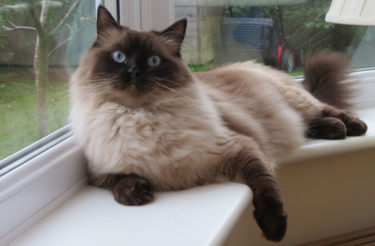 Ragdoll house cats – possibly the best pet cat on the planet!
Ragdoll house cats – possibly the best pet cat on the planet!





